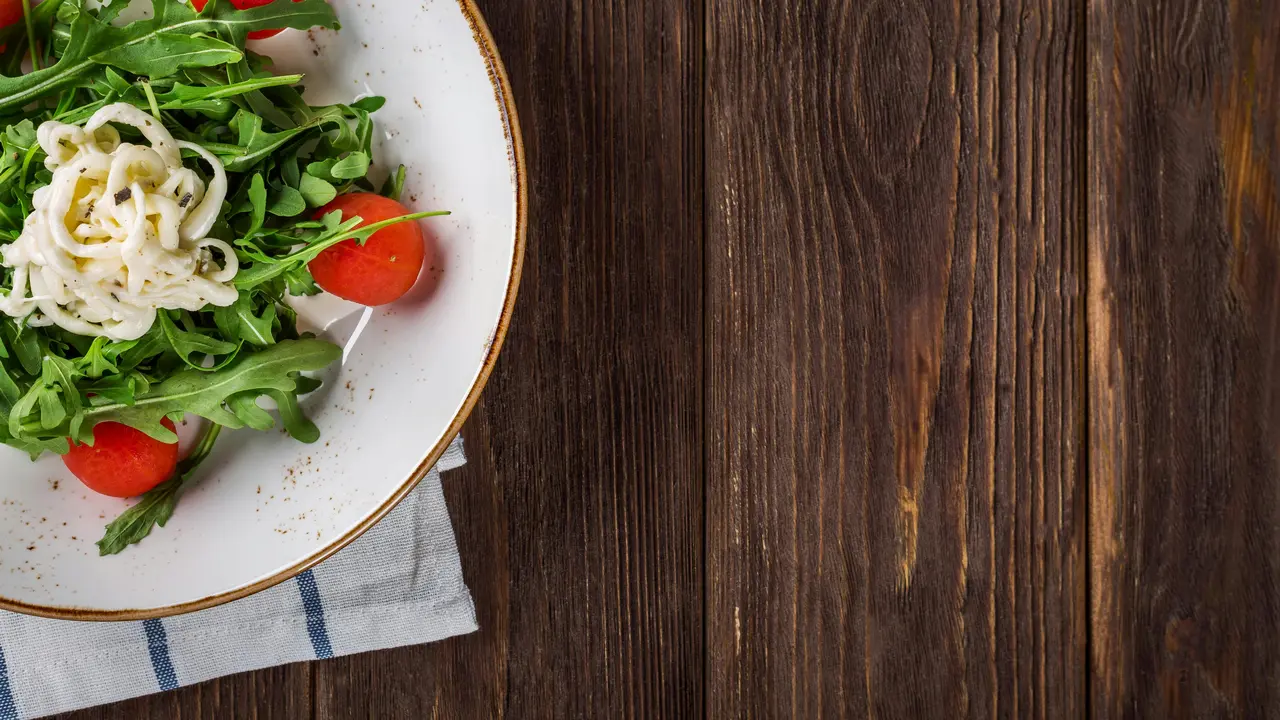When it comes to nutrition, many people wonder, “does white bread have fiber?” This common question about a staple food can reveal surprising truths about our daily diets. In this article, we’ll dive into the fiber content of white bread, explore its nutritional aspects, and compare it with other bread types. Get ready to uncover some fascinating insights!
Understanding Fiber: What Is It and Why Do We Need It?
Definition of Fiber
Fiber refers to the indigestible parts of plant foods that contribute to various health benefits. There are two main types of fiber: soluble and insoluble. Soluble fiber dissolves in water and can help lower blood sugar and cholesterol levels, while insoluble fiber aids in digestive health.
Health Benefits of Fiber
Fiber plays a crucial role in maintaining overall health. Here are some of its benefits:
- Promotes healthy digestion
- Helps control weight by increasing satiety
- Lowers the risk of heart disease
- Regulates blood sugar levels
Does White Bread Have Fiber? The Truth Revealed
Nutritional Profile of White Bread
White bread is made from refined flour, which undergoes processing to remove the bran and germ. This process strips away much of the fiber content found in whole grain breads. As a result, the fiber content in white bread is significantly lower.
Fiber Content in White Bread
Typically, a slice of white bread contains about 0.5 to 1 gram of fiber. This amount is considerably less than whole wheat bread, which can contain around 2 to 3 grams of fiber per slice. Therefore, if you’re questioning “does white bread have fiber,” the answer is yes, but in very minimal amounts.
Comparing White Bread to Other Bread Types
Whole Wheat Bread
Whole wheat bread is made from whole grains, retaining the bran, germ, and endosperm. This means it has a higher fiber content, averaging about 2 to 3 grams per slice, making it a healthier choice for individuals looking to increase their fiber intake.
Other Bread Varieties
Here’s how some other popular bread types compare:
- Sourdough: Contains about 1 to 2 grams of fiber per slice, depending on the ingredients.
- Rye Bread: Provides approximately 2 to 3 grams of fiber per slice, thanks to its whole grain content.
- Gluten-Free Bread: Fiber content can vary widely, so checking labels is essential.
Why Choose High-Fiber Options?
Benefits of High-Fiber Diets
Choosing high-fiber bread options over white bread can have a positive impact on your diet. To summarize, high-fiber diets can:
- Enhance digestive health
- Support weight management efforts
- Reduce the risk of chronic diseases
Implementing Fiber-Rich Bread in Your Diet
Making the switch to higher-fiber bread varieties is straightforward. Here are some tips for integrating more fiber into your meals:
- Opt for whole grain bread products for sandwiches.
- Add more fiber-rich toppings such as avocado, hummus, or nut butter.
- Incorporate bread into meals that include other sources of fiber, like vegetables and legumes.
Conclusion
In conclusion, while the question “does white bread have fiber?” has a simple answer, it opens the door to deeper inquiries about nutrition. White bread does contain a small amount of fiber, but it significantly lacks compared to whole grain options. For those looking to enhance their health, choosing higher-fiber alternatives can make a considerable difference. Share this article with friends and family, and check out our other posts to learn more about healthy eating!
Fiber – Recent Articles
- How Does Fiber Internet Get Installed? A Step-by-Step Guide!
- What Do You Call the Demarcation Point for Fiber Technologies?
- How to Set Up AT&T Fiber: Your Ultimate Step-by-Step Guide!
- Is Bacon High in Fiber? The Surprising Truth Revealed!
- How Much Fiber in Metamucil Serving? Discover the Truth!
Fiber – Useful Links
- Harvard T.H. Chan – Fiber (The Nutrition Source)
- Health Harvard – The Facts on Fiber
- Nutrition.gov – Fiber
- Harvard Health – How to Get More Fiber in Your Diet
- UCDavis – Nutrition & Health Info Sheets: Fiber
